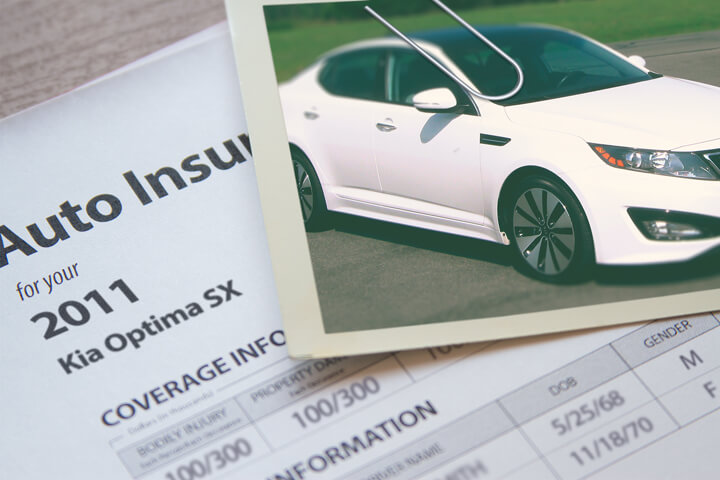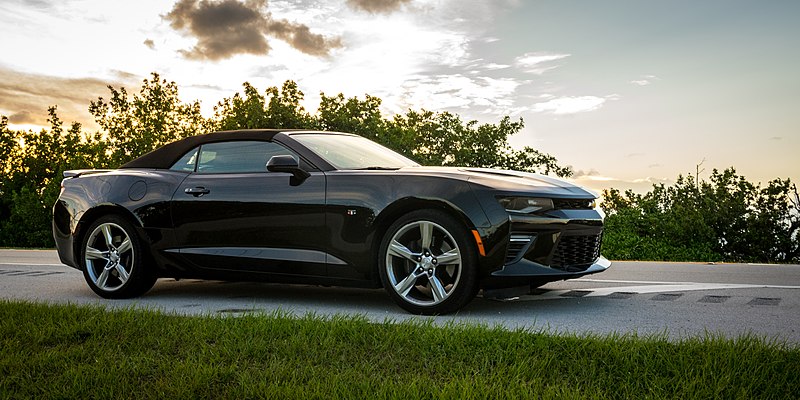A rental car is the most popular way to travel in the United States. Many tourists choose it for several reasons: it allows you to plan a route yourself, it helps you save your travel budget and it makes your journey much more varied. That’s right, choosing an Albany rental car is the best way to explore New York State, while renting a car in Miami is a guarantee of a perfect beach vacation.
A well-developed road network, clear traffic rules, and friendly local drivers are another reason not to be afraid to rent a car in the USA for your trip.
However, if this is your first time traveling in the United States with your rental car, you may face some difficulties. In order to avoid them, check the following tips we have prepared for you.
Car rental booking

You have several options to book a car in the USA:
- online on the supplier’s website;
- through aggregator websites where you see offers from all companies at once;
- via car rental app installed on your smartphone
- pick up a rental car on spot.
As a rule, early car booking is more favorable in terms of price, but sometimes you can find attractive last-minute deals. Most often, travelers choose airport locations to pick up a car. If you want to save money, look for a car in urban areas where prices are usually cheaper.
Refilling the car

In the United States, fuel is measured in gallons: one gallon is equal to 3.785 liters. The fuel price is $1.5-2.8 per gallon.
Remember that fuel cost differs from state to state. For example, in California, the price of gasoline ranges from $2.15 to $2.8 per gallon, while in Utah or Arizona, the same fuel can cost almost half. You can pay for fuel either by credit card or in cash.
Traffic regulations, speeding, and minor violations

Speed limits are regulated by mile signs, for example ‘Speed Limit 55’. Exceeding is generally allowed at 10 miles per hour – this is due to the error of the police meter. However, they can stop you from exceeding the maximum speed of only 5 mph, especially in residential areas.
The exception to this rule is driving in traffic. If there’s a 55-mile limit and the traffic is traveling at 90 mph, the police won’t stop you.
The rule of movement in the traffic works if you can’t safely reduce the speed to the maximum allowed. If everyone is driving 90 mph, and there are 2 free lanes on the right, then you may be stopped.
The general rule is to be guided by the traffic flow. If you don’t know how to behave on a specific road section, do as other drivers do.
Special traffic lanes
When driving your rental car in the United States, you will often see Carpool or HOV traffic lanes – they are used by cars with two or more people traveling inside, as well as electric vehicles.
At the entrance to such a lane, there’s a sign indicating the minimum number of people in the car, which gives the right to enter it. In most cases, these are 2 or 3 people, so you need to be careful. The penalty for violation starts at $371.
Remember that the yellow markings should always be to the left of the driver in. If the markings are on the right, this means you are driving in the oncoming lane.
Traffic police in the USA

When a policeman wants to stop you, he often simply turns on the flashing light. If the violation is serious, all flashing lights and all sound signals are turned on. They will never overtake you.
You mustn’t get out of the car if the police stop you. Just open the window and wait for the officer to come. For minor offenses, the police won’t fine you, but simply issue a warning.
Parking in the USA

Parking a rental car in big cities can turn into a nightmare, especially when searching in the center. Watch and read the signs carefully: there are different parking conditions in the United States on weekdays, weekends, business hours, and evenings.
Generally, you will find enough free parking spots, but not in popular places or downtown. Usually, major sights provide paid dedicated parking spots, where parking price starts from $1 per hour. Underground and multi-level indoor parking is much more expensive.






Be the first to write a comment.